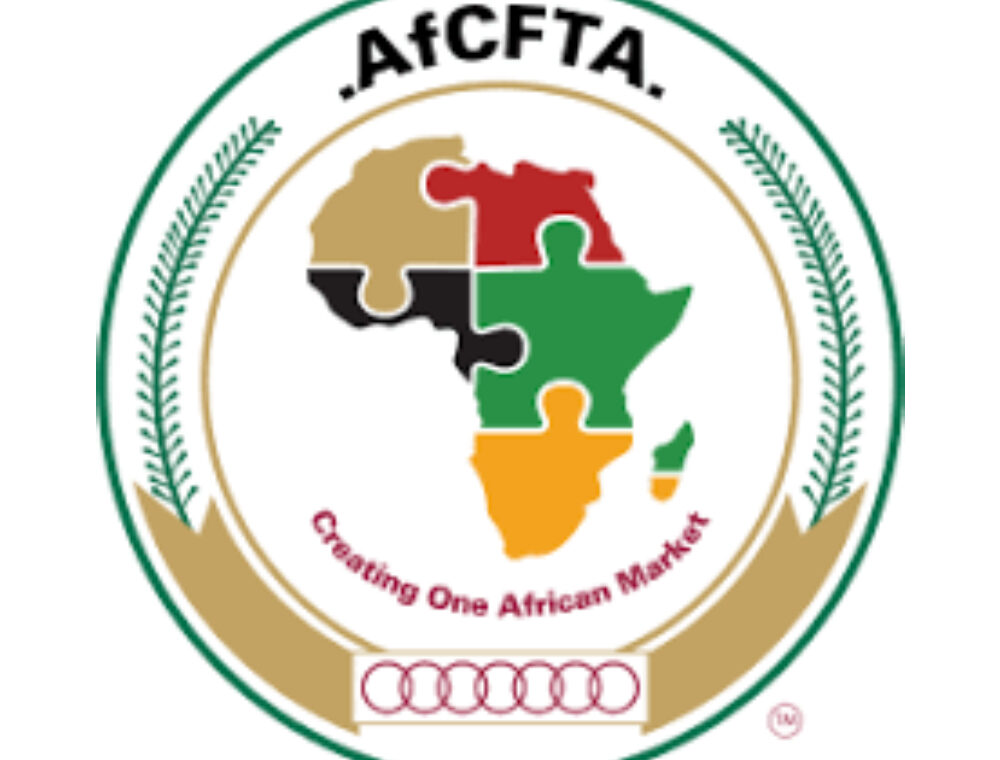Introduction
The African Continental Free Trade Area (AfCFTA) is the world’s largest free trade agreement, covering 1.4 billion people and $3.4 trillion in GDP. For Africa’s farmers and traders, AfCFTA is more than policy—it’s a lifeline. Agriculture contributes 23% of Africa’s GDP, yet cross-border trade remains fragmented. AfCFTA promises to change this.
The State of Cross-Border Agri-Trade
- Informal and fragmented: Up to 80% of agricultural trade in Africa happens informally.
- High tariffs and non-tariff barriers make trade expensive.
- Poor logistics and storage mean losses during transit.
- Farmers lack access to wider markets.
AfCFTA has the potential to increase intra-African trade in agriculture by 40% within a decade, but only if digital tools connect farmers to markets.
— UN Economic Commission for Africa Report, 2023
How AfCFTA Helps Farmers
1. Tariff Reductions
AfCFTA progressively removes tariffs, making trade between African countries cheaper.
2. Market Access
Farmers can sell to a continent-wide market instead of only local buyers.
3. Standardization
Common standards improve quality, reduce fraud, and build trust.
4. Regional Value Chains
Instead of exporting raw products, African countries can process and trade with each other—adding more value at home.
Digital Platforms + AfCFTA = A Winning Formula
Platforms like Next Harvest Africa are the bridge between policy and practice. While AfCFTA creates legal space for trade, digital platforms make it real and practical.
Example:
- A farmer in Burundi with 1,000 tonnes of millet can post on Next Harvest.
- Buyers in Kenya, Rwanda, or Tanzania see the listing.
- RFQ process allows transparent negotiation.
- Trade is completed digitally—cutting time, costs, and risks.
Why Smallholder Farmers Benefit Most
- More buyers → better bargaining power.
- Transparent prices → less exploitation.
- Formalized trade → ability to scale and access financing.
Conclusion
AfCFTA is Africa’s agricultural game-changer. But without digital platforms, the benefits won’t trickle down to farmers. With initiatives like Next Harvest Africa, the continent’s dream of food security, prosperity, and intra-African trade becomes reality.


